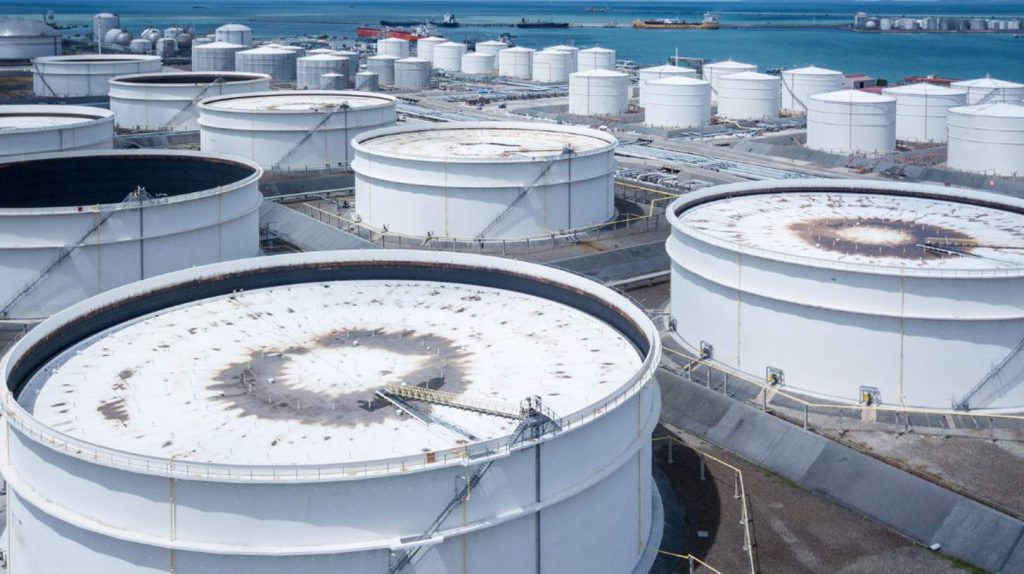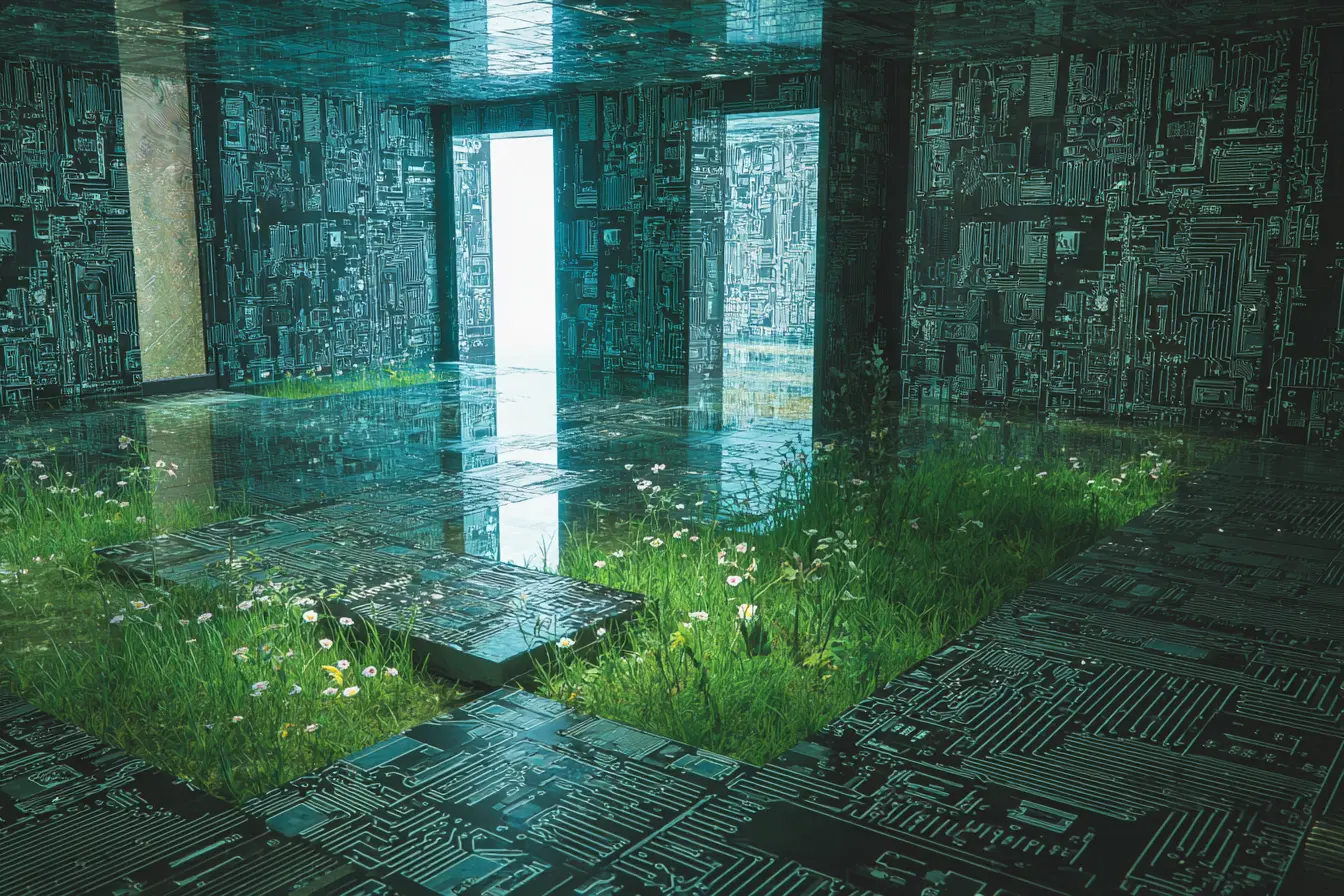Refineries and oil residual management
Every oil refinery produces oil-bearing secondary contaminated material during its regular operations. Long-term accumulation of these materials might deplete storage areas and perhaps cause difficulties with normal vessel operation (if unattended).
As a result, refineries remove these oil-bearing contaminated materials from their storage tanks on a regular basis. Unless the materials may be utilized again in the refining process, they must be classified as hazardous waste, which can be costly. However, if processed, these contaminated materials may be reused and recycled and are no longer considered hazardous waste.
Environmental solution companies are those who assist refineries with the recycling processes and provide sustainable solutions for managing oil-bearing secondary material streams.
These companies often combine the use of decanter centrifuges with the use of thermal desorption units in order to maximize their material recovery from its residuals, resulting in a delisted non-hazardous solids cake.
A brief background on Thermal Desorption
Thermal desorption is a kind of reclamation procedure used to remove hydrocarbons from a variety of substrates. This technique employs high heat to reclaim oil and other substances, using a non-contact and non-incineration method. Thermal desorption is frequently used to separate organic materials like oil-bearing material from refineries.
When contaminated material (with low boiling points) is heated, the contaminated material (with low boiling points) is driven to change into a vapor, which can also be collected and treated in an off-gas treatment unit.
Contaminated material is treated by means of Thermal Desorption Units (TDU), which expose it to heat indirectly via contact with a slowly turning drum that is exposed to heat on the outer shell. Contaminants are vaporized and separated from the solids in a sludge, resulting in a non-hazardous end product that can be disposed of easily and cost-efficiently.
Commonly processed petrochemical material streams include tank bottoms and spent catalyst. Recyclable hydrocarbons are abundant in typical waste streams such as tank bottoms and spent catalysts. Many feedstocks, such as spent catalyst, include metals that may be recycled. Processing spent catalyst in a thermal desorption unit separates and reclaims the hydrocarbons, reducing the waste for disposal and prepares the solid materials for recovery of the metals.
When hot, decontaminated material emerges from the TDU, two issues must be addressed. First, the decontaminated material will be around 500°C and must be cooled as quickly as possible before exposure to air. This is generally handled by having the material pass through a series of cooling screws. A second issue is that fine particles are removed with the vapor phase. Before oil/water separation, there will usually be a decanter centrifuge used to remove solids from the liquid phase.
Thermal Desorption and Decanter Centrifuges
Thermal Desorption Units (TDU) and decanter centrifuges are commonly used together during Thermal Desorption.
Thermal Desorption Units are effective in removing a multitude of contaminants from contaminated material, and decanter centrifuges have worked to separate the relatively lightweight contaminants from liquids, so they do not interfere with Thermal Desorbed air contaminants.
Separation technologies such as decanter centrifuges are necessary in order for Thermal Desorption to be beneficial by removing lighter fractions from pollutants in contaminated materials without interfering with Thermal Desorbing contaminant substances.



